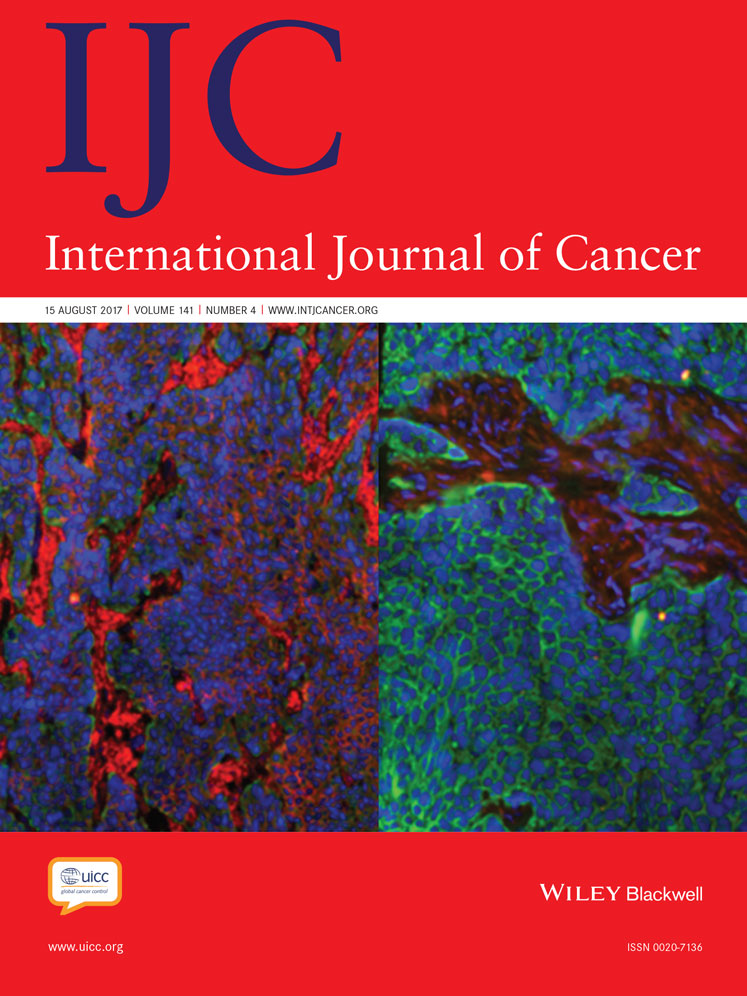Hyperglycaemia and aberrated insulin signalling stimulate tumour progression via induction of the extracellular matrix component hyaluronan
Abstract
Epidemiological studies have detected a higher incidence of various tumour entities in diabetic patients. However, the underlying mechanisms remain insufficiently understood. Glucose-derived pericellular and extracellular hyaluronan (HA) promotes tumour progression and development. In our study, we tested the hypothesis that a diabetic metabolic state, characterised by hyperglycaemia and concomitant aberrant insulin signalling, stimulates tumour progression via the induction of HA synthesis. In a streptozotocin-induced diabetic nude mouse tumour xenograft model, hyperglycaemia and lack of insulin caused an increased formation of tumour-associated HA-matrix, which in turn accelerated tumour progression and neoangiogenesis. This process was effectively attenuated by treatment with 4-methylumbelliferone, a pharmacological inhibitor of HA-synthesis. To define the mechanisms behind these in vivo observations, we investigated the impact of hyperglycaemia and insulin on the glucose metabolism in oesophageal squamous cell cancer cells (ESCC). Hyperglycaemia induced HA synthesis while insulin diminished HA production by directing glucose metabolites to glycolysis. Vice versa, inhibition of glycolysis, either by knockdown of the glycolytic key enzyme phosphofructokinase or by an experimental abrogation of insulin signalling (knockdown of the insulin receptor and long-term treatment with insulin) augmented HA synthesis. Consequently, these processes induced invasion, anchorage-independent growth and adhesion of ESCC to endothelial cells in vitro. Thus, the cellular shift in glucose usage from catabolism of glucose to anabolism of HA driven by hyperglycaemia and insulin resistance may represent an important link between diabetes and cancer progression. Hence, therapeutical inhibition of HA synthesis may represent a promising approach for tumour treatment in diabetic patients.
Abstract
What's new?
The mechanisms by which hyperglycemia and other diabetes-related factors promote tumourigenesis are not fully understood, and while glucose metabolites and glycolytic precursors are implicated, their involvement remains largely undefined. In this investigation of hyperglycemia and glucose metabolism in esophageal squamous cell cancer cells, abrogated insulin signalling was found to work in combination with hyperglycemia to redirect glucose usage from glycolytic catabolism to anabolism of HA, an extracellular matrix polysaccharide synthesized from precursors in the first stages of glycolysis. Augmented HA facilitated the development of a malignant phenotype and tumour progression. Its synthesis was blocked by the inhibitor 4-methylumbelliferone.




